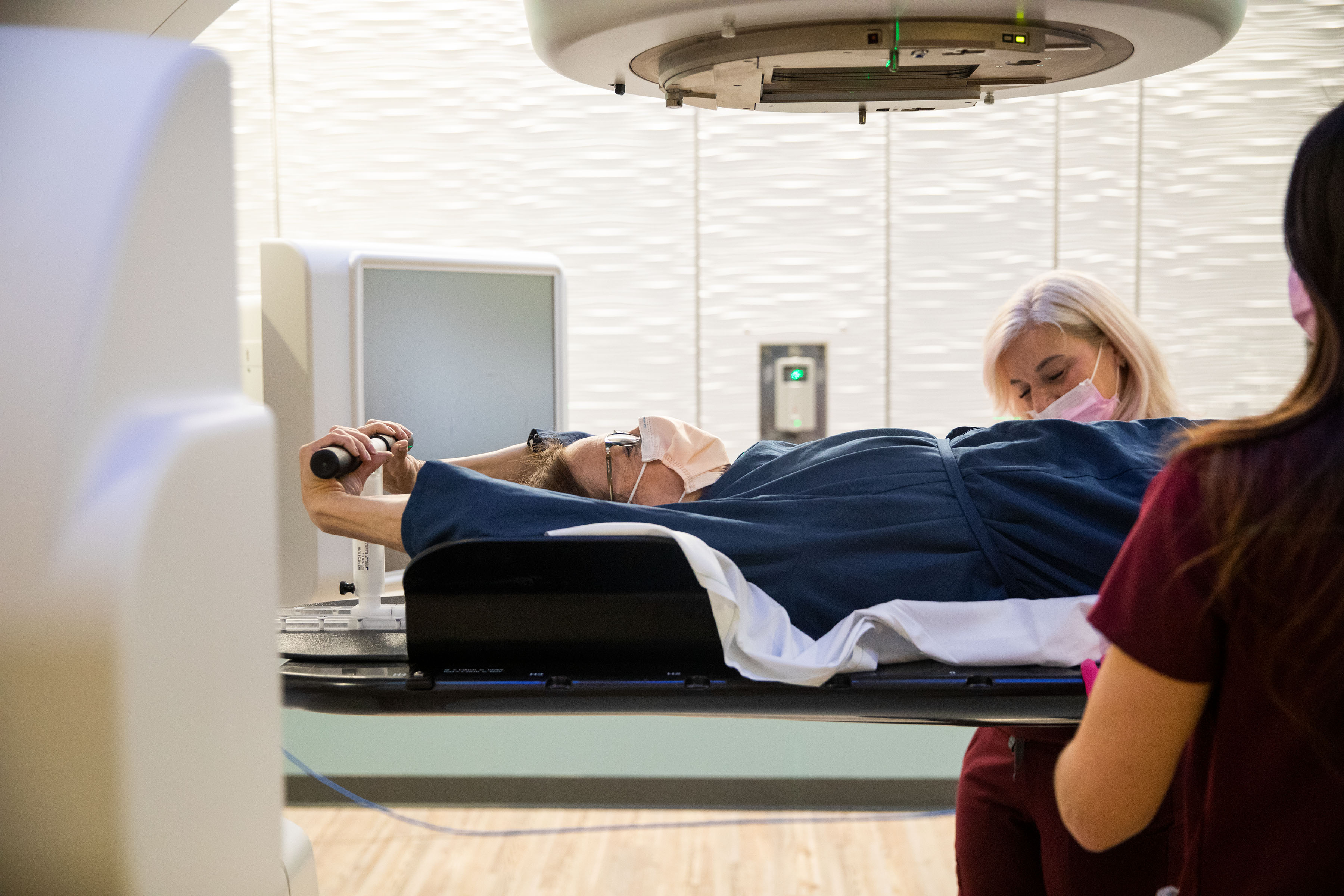Breast cancer survival has steadily increased due to earlier detection, decreasing morbidity from surgery, more effective therapies, and advances in radiation delivery. Adjuvant radiation for breast cancer has consistently demonstrated significant local control and overall survival benefits over surgery alone. Consequently, the need to minimize the late effects of radiation becomes increasingly important. One of the most concerning late effects of conventional photon-based radiation on the breast is cardiac injury.
Elevated cardiac risk due to radiation for breast cancer is most concerning in patients with left-sided breast cancers, where the heart often lies immediately adjacent to the radiated breast tissue. Patients are also increasingly undergoing comprehensive nodal radiation after the publication of the MA.20 and EORTC 22922 trials1,2, demonstrating the benefits of regional nodal radiation in patients with high-risk, early- stage breast cancer.
However, extensive nodal radiation generally increases the dose delivered to the heart. In addition, it often encompasses the internal mammary nodes, which can place the heart at risk even in patients with right-sided breast cancers. Finally, patients who elect to undergo immediate bilatera reconstructive surgery can often pose anatomic challenges adequately covering all nodal areas of risk while minimizing heart and lung radiation dose.
Unlike conventional photon- based radiation, proton therapy harnesses a charged particle beam's unique physical properties that deposit relatively low doses as it traverses the body to reach the treatment target. Once a proton beam reaches the treatment target near its range, its maximal dose is deposited, and any residual exit dose is eliminated. This is advantageous when the organs at risk are near the treatment target, such as maximally sparing the heart when treating the breast tissue.
In a landmark study published in 2013 in the New England Journal of Medicine, Darby et al. demonstrated that mean heart dose was directly associated with major coronary events such as myocardial infarction, coronary revascularization, or death from ischemic heart disease in patients who received radiation for breast cancer.
The relative risk of major coronary events increased by 7.4% per Gy in the mean dose delivered to the whole heart, and the average mean heart dose seen in that study was 4.9 Gy. On the other hand, Proton therapy can typically achieve mean heart doses of <1 Gy. These promising comparisons have led to multi-institutional Treating the breast and sparing the heart With Proton Radiation By Jae Y. Lee, MD, PhD randomized clinical trials such as the RADCOMP trial4 (available at ProCure NJ), comparing proton versus photon breast and comprehensive nodal radiation with the primary outcome of examining 10-year major coronary event rates.
Modern-day radiation for breast cancer has evolved to decrease cardiac dose and the attendant risks of cardiac toxicity. Proton therapy and its unique physical and dosimetric properties represent the next step in that evolution. It will serve as a powerful modality for many patients to sustain breast cancer's historically high cure rates while minimizing unnecessary radiation doses.

